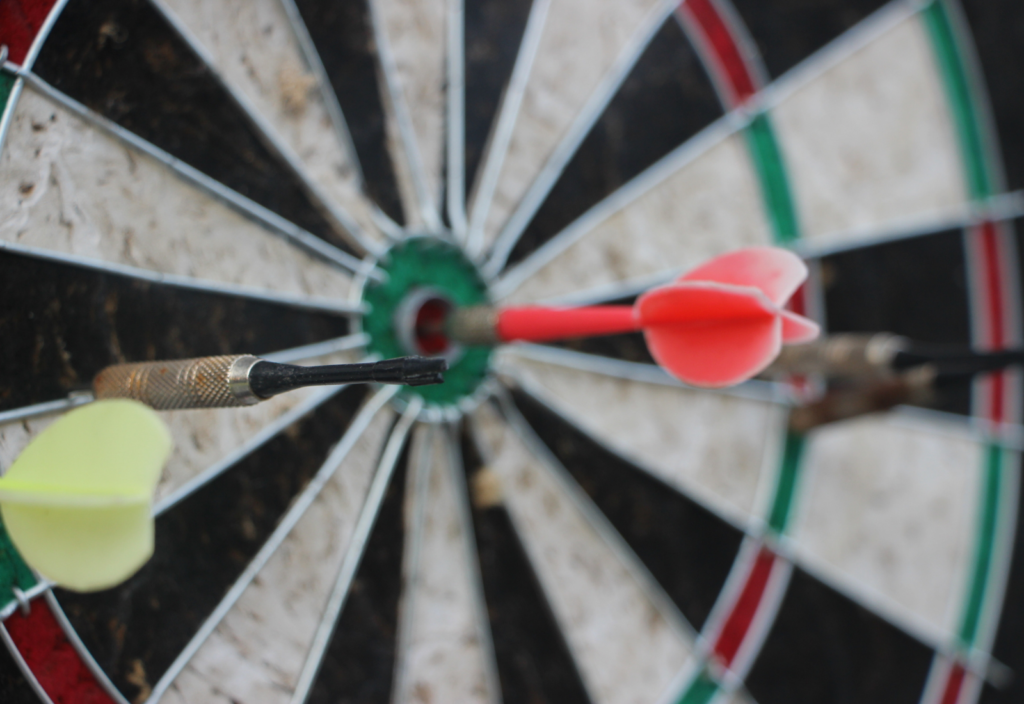Last Friday, January 15th, the U.S. Department of Agriculture (the “USDA”) announced today’s publication of its hemp production final rule in the Federal Register, which will go into effect on March 22, 2021. This final rule builds on the interim final rule (the “IFR”) that was published on October 31, 2019. It includes revisions based on three public comment periods (you can read more on this issue here and here) but also takes into account “lessons learned from the 2020 growing season.”
These new hemp regulations contain six key provisions, which include:
- Licensing requirements;
- Recordkeeping requirements;
- Procedures for testing the THC level concentration in the hemp plant;
- Procedures for disposing of non-compliant hemp (i.e., hemp that exceeds acceptable THC threshold);
- Compliance provisions; and
- Procedures for handling violations.
The most significant revisions made to the IFR pertain to the procedures for testing the THC concentration and those for disposing of non-compliant hemp. Below are the highlights.
1. Time of sample collection
The USDA agreed with the concerns expressed by commenters regarding the burden of imposing harvest within 15 days of sampling. As a result, the federal agency extended the window within which hemp must be harvest to 30 days following sampling.
2. Sampling method
a. Where to sample from the plant
The Final Rule maintains the requirement that pre-harvest samples be taken from the flower material of hemp plants. The industry will be disappointed with this decision; many were advocating that samples should be taken from the “whole plant.” Fortunately, the Final Rule does provide more information than the IFR on where to cut the plant material. Specifically, the Final Rule provides that a cut should be made 5 to 8 inches from (1) the “main stem” (includes leaves and flowers, the (2) “terminal bud (occurs at the end of the stem), or (3) the “central cola” (cut stem that has the potential of developing into a bud) of the flowering top of the plants.
According to the USDA, this new standard
strikes an appropriate balance between the need to collect a sufficiently large portion of the plant’s flower (where THC and other cannabinoids are their most concentrated), and the need to avoid cutting a portion that is so large that it would be logistically difficult to transport, dry, and prepare for lab testing.
b. Sampling agents
The USDA is working on publishing additional training resources for sampling agents to help ensure consistency in the manner in which samples are collected nationwide.
3. Acceptable THC threshold
The Final Rule maintains the total THC limit, which is the sum of the delta-9-THC (“THC”) and THC-acid (“THCA”) content. As we have repeatedly discussed on this blog, the total THC limit is problematic because this testing method tends to increase the THC concentration in the hemp sample, making it difficult not to exceed the allowed threshold. Moreover, because few hemp genetics currently on the market would comply with a total THC testing method, this rule forces producers to carefully select the types of seeds they buy from a limited sample.
4. Negligence threshold
Hemp producers are required to dispose of plants that exceed the acceptable THC level. Nevertheless, if the plant tests at or below the newly adopted 1% negligence threshold (the USDA increased it from 0.5%, thankfully), then producers will not have committed a negligent violation. Note that the Final Rule limits the maximum number of negligent violations that a producer can receive in a growing season to one.
5. Registration with DEA
The Final Rule maintains the requirement that all hemp testing laboratories be registered with the DEA. However, due to the limited number of DEA-registered labs to test anticipated hemp produced in 2020 and possibly in 2021, the USDA has convinced the DEA to further delay enforcement of this requirement until January 1, 2022 (the original delay extended to October 31, 2020, or the publication of this Final Rule). The USDA continues to argue that this requirement is needed because labs could potentially receive hemp that exceeds the authorized 0.3% THC threshold (i.e., marijuana).
6. Non-compliant hemp disposal
The Final Rule affords alternative disposal methods that do not require the use of a DEA-registered reverse distributor or law enforcement. These alternative disposal methods can be found here.
7. State and tribal plan approval
Lastly, the Final Rule addresses the potential need for states and tribes to revise and resubmit for approval their plans in order to align with the requirements imposed under the Final Rule. The Final Rule also stipulates that states may continue operating under the 2014 Farm Bill until January 1, 2022. While this option will further delay the establishment of a uniform national hemp program, it will afford states more time to revise their plans and regulations and prepare growers to comply with the Final Rule, which is a good thing.
__
In sum, the Final Rule contains improved regulations that suggest another step towards full implementation of the 2018 Farm Bill. Nevertheless, regulations such as the testing of hemp plants using DEA-registered labs are bound to cause more headaches for the industry. This is a shame given the numerous challenges with which hemp stakeholders have been faced for the past two years.
At this point, all we can wish for is that the Biden administration, including incoming Secretary of Agriculture Tom Vilsack, will promptly tackle the lingering issues that may further hinder the growth and development of this promising industry.
























